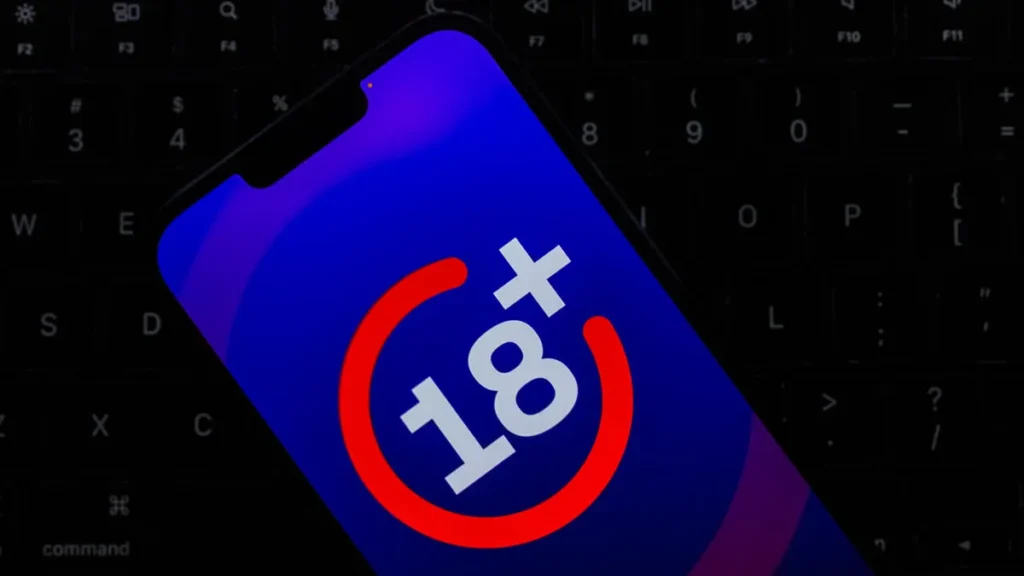The European Union (EU) is introducing online age verification to improve child safety in the digital space, following the UK’s introduction of the Online Safety Act on July 25, 2025. What does this mean for users, how will it work and what measures are in place to protect privacy? This article looks at the EU’s approach, its implications and the challenges ahead.
The EU’s Age Verification Plan: Pilot Testing in Five Countries
On July 14, 2025, the European Commission unveiled a prototype for an age verification application under the Digital Services Act (DSA), aimed at safeguarding children online. This system allows users to prove they are over 18 without sharing excessive personal data. Denmark, Greece, Spain, France, and Italy have been selected as the first countries to pilot this technology.
Developed by the T-Scy consortium (Sweden’s Scytales AB and Germany’s T-Systems International GmbH), this open-source “white label” solution is set for testing before becoming mandatory across all 27 EU member states by the end of 2026. The Commission emphasizes that the system is user-friendly, privacy-preserving, and compatible with the upcoming European Digital Identity Wallet.
The UK’s Experience: A Blueprint with Challenges
The UK became a pioneer in mandatory age verification with its Online Safety Act, effective July 25, 2025. The law requires all websites hosting adult content—from pornographic sites to social media platforms, gaming apps, and dating services—to verify users’ ages. Methods include facial scanning, ID document uploads, and credit card verification, overseen by Ofcom. However, the rollout has sparked concerns, with a reported 1400% surge in VPN usage as users seek to bypass restrictions, alongside fears of data breaches.
The EU is learning from the UK’s turbulent rollout, aiming for a more structured approach. Mullvad VPN’s CEO told TechRadar, “The EU’s strategy benefits from 12 years of planning, unlike the UK’s rushed implementation.”
How Will the EU’s Age Verification System Work?
The EU’s age verification system is designed to confirm users are over 18 without requiring extensive personal information. Built on zero-knowledge proof technology, it ensures minimal data sharing and is expected to be fully integrated by 2026. Users will upload passports or official IDs to a state-managed system, which will then issue an age verification token to websites without disclosing additional details.
This system will apply to platforms with age restrictions, including social media, streaming services, adult content sites, and gambling platforms. For instance, Instagram’s “Teen Account” feature for users over 13 will align with the EU’s standardized framework for broader compliance.
Privacy and Security Concerns
While age verification aims to protect children from harmful content, it raises significant privacy and security concerns. The UK’s experience saw users flocking to VPNs to avoid data exposure, fueled by fears of breaches like the 2023 incident involving an Israeli verification company. The EU’s state-controlled digital identity infrastructure has also sparked debate about potential surveillance risks.
The European Commission insists on privacy safeguards, highlighting the open-source nature of its system. However, experts call for greater transparency to address risks of misuse. Tony Allen, CEO of Age Check Certification Scheme, told Euractiv that balancing device- and app-level verification is critical for effective implementation.
VPN Usage and Legal Challenges
The UK’s age verification law triggered a record-breaking spike in VPN downloads, with Proton VPN reporting a 1400% increase in sign-ups since July 25, 2025. A similar trend is anticipated in the EU, as users may turn to VPNs to mask their location. Ofcom has warned that platforms promoting VPNs to circumvent restrictions could face legal consequences.
The EU takes a more flexible stance but enforces strict compliance under the DSA. Non-compliant platforms risk fines of up to €18 million or 10% of their global revenue, putting pressure on major players like Meta, TikTok, and Pornhub, which are already under scrutiny.
What Lies Ahead?
The EU’s age verification system will fully integrate with the European Digital Identity Wallet by 2026, streamlining secure access to online services. Age verification is just one component of this broader digital framework. Experts stress the need for global cooperation, particularly with the US, to ensure consistent child safety standards.
However, the reliability of age verification technologies and their ability to protect privacy remain under scrutiny. Stanford’s Pfefferkorn warns, “These systems could limit children’s access to information and lead to privacy violations if not carefully managed.”
Conclusion: Can Digital Safety and Privacy Coexist?
The EU’s online age verification initiative marks a significant step toward protecting children, but balancing safety, privacy, and user freedom is a complex challenge. Drawing lessons from the UK, the EU aims for a smoother rollout with robust privacy measures. Yet, the rise in VPN usage and ongoing data security concerns highlight the hurdles ahead. Can the EU strike a balance between online safety and user privacy? Only time will tell.

